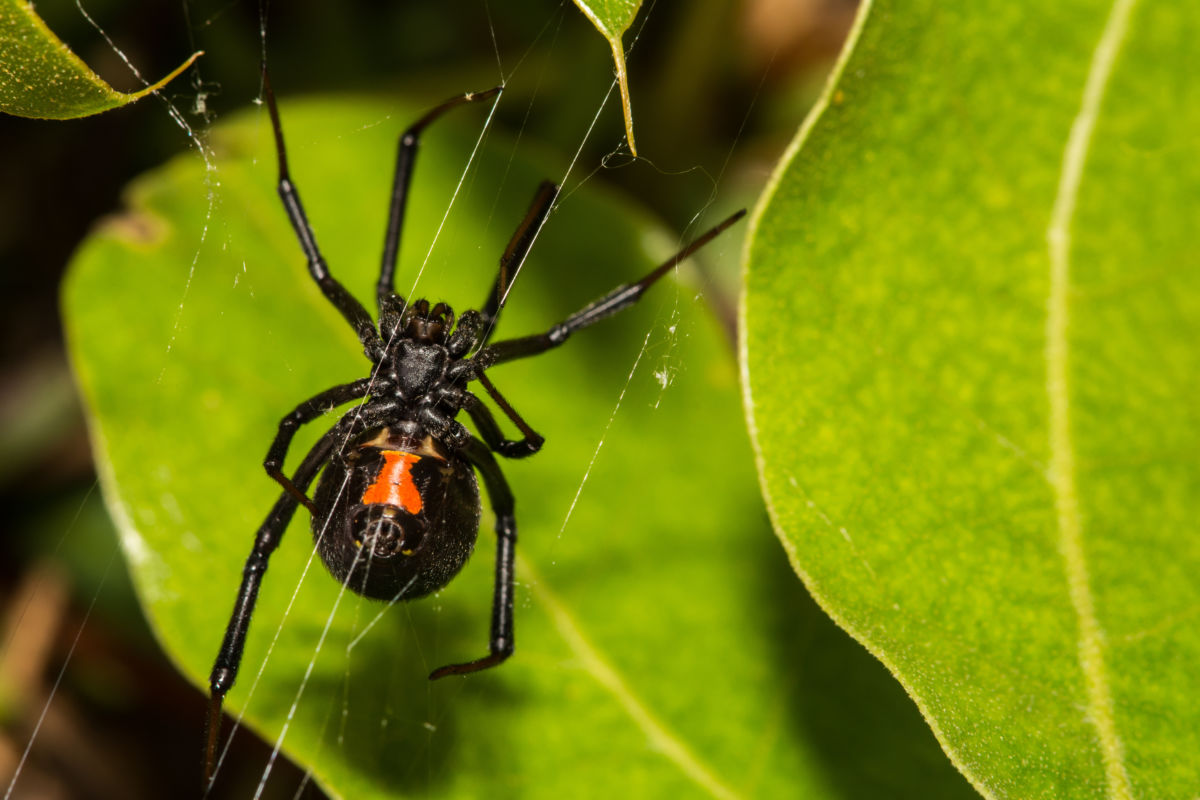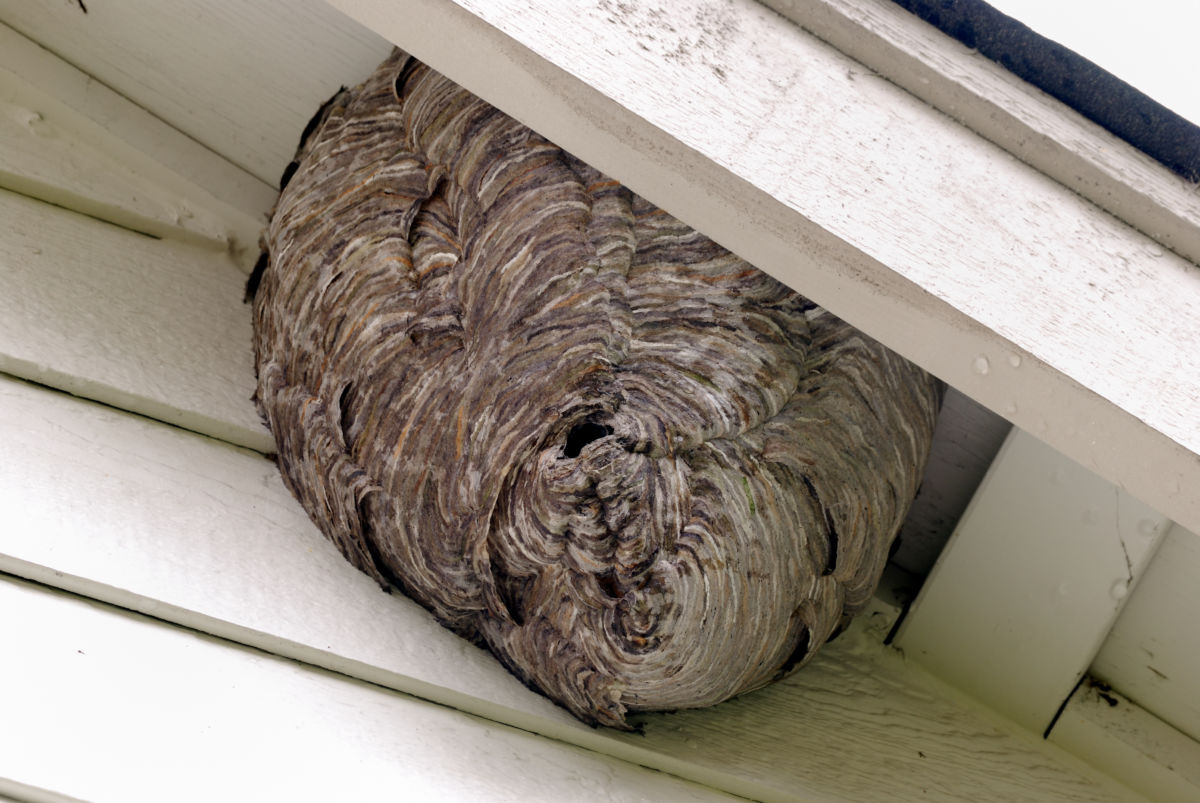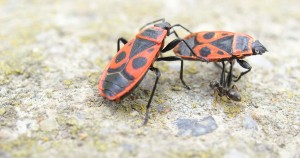Frequently Asked Questions
CALL 847-742-4064
Frequently Asked Questions
LIFE CYCLE OF A BED BUG
LIFE CYCLE OF A BED BUG
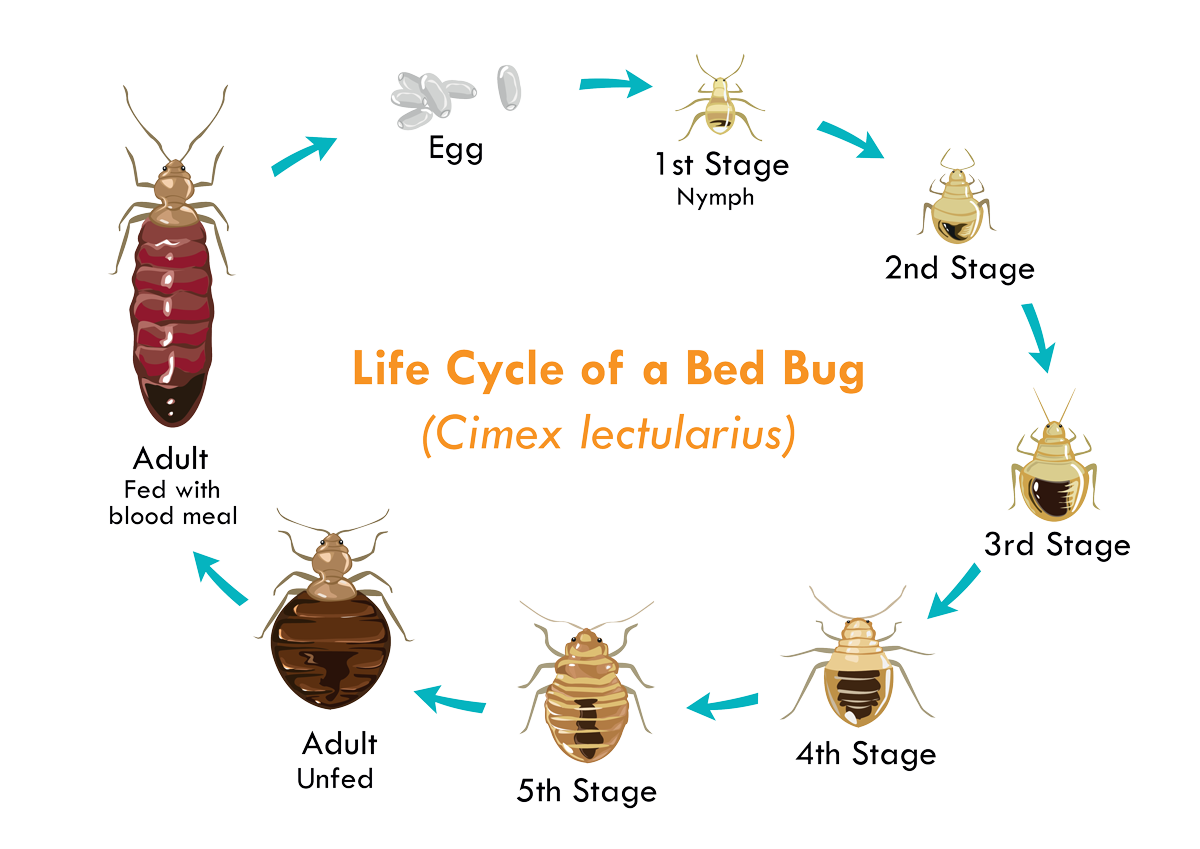
COMPLETE PEST CONTROL
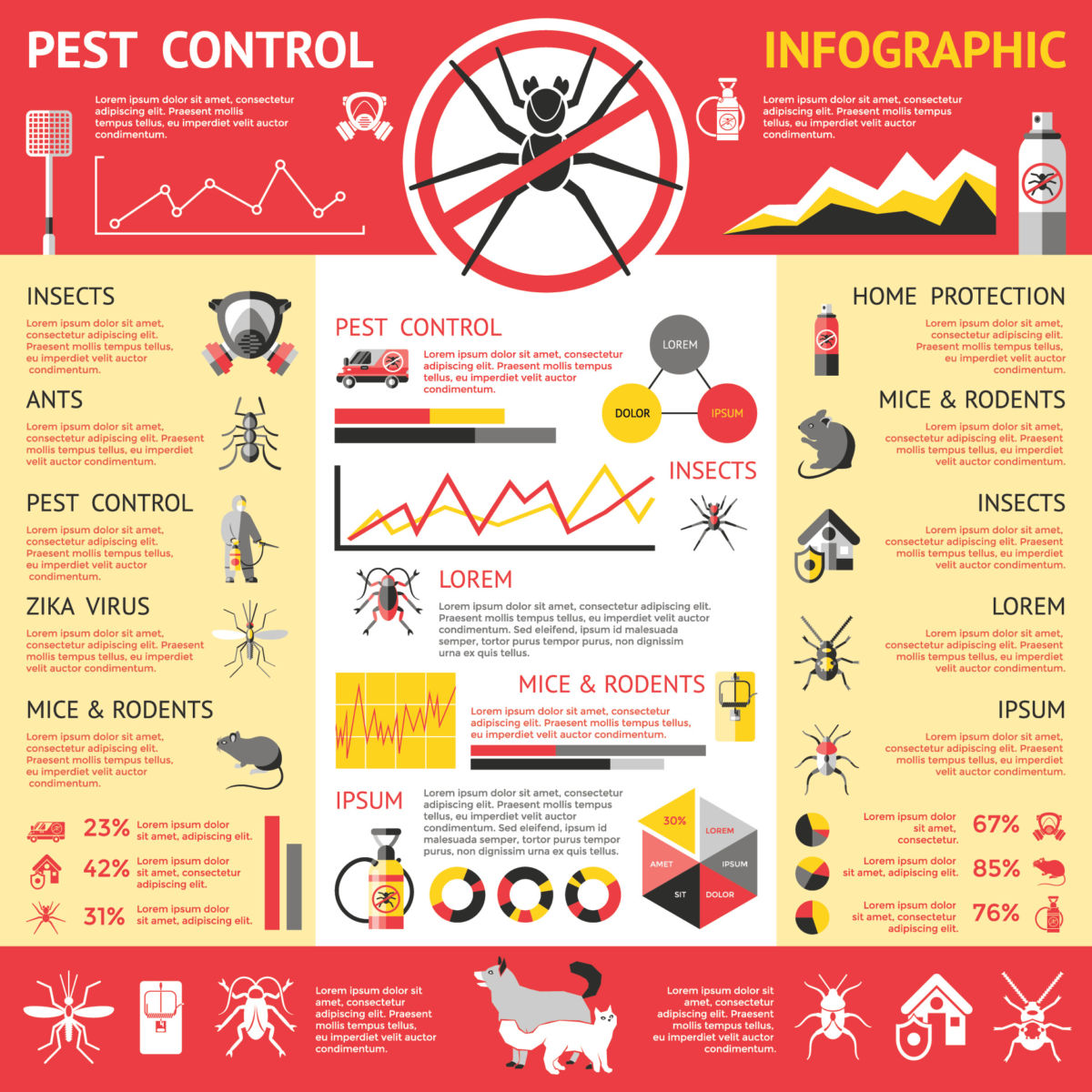
DISEASE VECTORS AND PESTS
Integrated pest management (IPM) techniques are necessary to reduce the number of pests that threaten human health and property. This systems approach to the problem relies on more than one technique to reduce or eliminate pests. It can be visualized best as concentric rings of protection that reduce the need for the most risky and dangerous options of control and the potential for pests to evolve and develop. It typically involves using some or all of the following steps:
- monitoring, identifying, and determining the level of threat from pests;
- making the environment hostile to pests;
- building the pests out by using pest-proof building materials;
- eliminating food sources, hiding areas, and other pest attractants;
- using traps and other physical elimination devices; and
- when necessary, selecting appropriate poisons for identified pests.
SOURCE: The Center for Disease Control and Prevention
https://www.cdc.gov/nceh/publications/books/housing/cha04.htm
![]()
CONTROLLING RODENTS
The first of four basic strategies for controlling rodents is to eliminate food sources. To accomplish this, it is imperative for the homeowner or occupant to do a good job of solid waste management. This requires proper storing, collecting, and disposing of refuse.
The second strategy is to eliminate breeding and nesting places. This is accomplished by removing rubbish from near the home, including excess lumber, firewood, and similar materials. These items should be stored above ground with 18 inches of clearance below them. This height does not provide a habitat for rats, which have a propensity for dark, moist places in which to burrow. Wood should not be stored directly on the ground, and trash and similar rubbish should be eliminated.
The third strategy is to construct buildings and other structures using rat-proofing methods. MPMH notes that it is much easier to manage rodents if a structure is built or modified in a way that prevents easy access by rodents. Tactics for rodent exclusion include building or covering doors and windows with metal. Rats can gnaw through wooden doors and windows in a very short time to gain entrance. All holes in a building’s exterior should be sealed. Rats are capable of enlarging openings in masonry, especially if the mortar or brick is of poor quality. All openings more than ¾-inch wide should be closed, especially around pipes and conduits. Cracks around doors, gratings, windows, and other such openings should be covered if they are less than 4 feet above the ground or accessible from ledges, pipes, or wires (Figure 4.5).
Additional tactics include using proper materials for rat proofing. For example, sheet metal of at least 26-gauge, ¼ inch or ½-inch hardware cloth, and cement are all suitable rat-resistant materials. However, ½-inch hardware cloth has little value against house mice. Tight fittings and self-closing doors should be constructed. Rodent runways can be behind double walls; therefore, spaces between walls and floor-supporting beams should be blocked with fire stops. A proper rodent-proofing strategy must bear in mind that rats can routinely jump 2 feet vertically, dig 4 feet or more to get under a foundation, climb rough walls or smooth pipes up to 3 inches in diameter, and routinely travel on electric or telephone wires.
The first three strategies—good sanitation techniques, habitat denial, and rat proofing—should be used initially in any rodent management program. Should they fail, the fourth strategy is a killing program, which can vary from a family cat to the professional application of rodenticides. Cats can be effective against mice, but typically are not useful against a rat infestation. Over-the-counter rodenticides can be purchased and used by the homeowner or occupant. These typically are in the red squill or warfarin groups.
A more effective alternative is trapping. There is a variety of devices to choose from when trapping rats or mice. The two main groups of rat and mouse traps are live traps (Figure 4.6) and kill traps (Figure 4.7). Traps usually are placed along walls, near runways and burrows, and in other areas. Bait is often used to attract the rodents to the trap. To be effective, traps must be monitored and emptied or removed quickly. If a rat caught in a trap is left there, other rats may avoid the traps. A trapping strategy also may include using live traps to remove these vermin.
SOURCE: The Center for Disease Control and Prevention
https://www.cdc.gov/nceh/publications/books/housing/cha04.htm
![]()
COCKROACHES
Four management strategies exist for controlling cockroaches.
The first is prevention. This strategy includes inspecting items being carried into the home and sealing cracks and crevices in kitchens, bathrooms, exterior doors, and windows. Structural modifications would include weather stripping and pipe collars.
The second strategy is sanitation. This denies cockroaches food, water, and shelter. These efforts include quickly cleaning food particles from shelving and floors; timely washing of dinnerware; and routine cleaning under refrigerators, stoves, furniture, and similar areas. If pets are fed indoors, pet food should be stored in tight containers and not left in bowls overnight. Litter boxes should be cleaned routinely. Access should be denied to water sources by fixing leaking plumbing, drains, sink traps, and aquaria. Elimination of shelter can be partially accomplished by purging clutter, such as papers and soiled clothing and rags.
The third strategy is trapping. Commercially available cockroach traps can be used to capture roaches and serve as a monitoring device. The most effective trap placement is against vertical surfaces, primarily corners, and under sinks, in cabinets, basements, and floor drains.
The fourth strategy is chemical control. The use of chemicals typically indicates that the other three strategies have been applied incorrectly. Numerous insecticides are available and appropriate information is obtainable from EPA.
SOURCE: The Center for Disease Control and Prevention
https://www.cdc.gov/nceh/publications/books/housing/cha04.htm
![]()
CONTROLLING FLEAS
Following are some guidelines for controlling fleas:
- The most important principle in a total flea control program is simultaneously treating all pets and their environments (indoor and outdoor).
- Before using insecticides, thoroughly clean the environment, removing as many fleas as possible, regardless of the form. This would include indoor vacuuming and carpet steam cleaning. Special attention should be paid to “source points” where pets spend most of their time.
- Outdoor cleanup should include mowing, yard raking, and removing organic debris from flowerbeds and under bushes.
- Insecticide should be applied to the indoor and outdoor environments and to the pet.
- Reapplication to heavily infested source points in the home and the yard may be needed to eliminate pre-emerged adults.
SOURCE: The Center for Disease Control and Prevention
https://www.cdc.gov/nceh/publications/books/housing/cha04.htm
![]()
CONTROLLING HOUSE FLIES
The control of the housefly is hinged on good sanitation (denying food sources and breeding sites to the fly). This includes the proper disposal of food wastes by placing garbage in cans with close-fitting lids. Cans need to be periodically washed and cleaned to remove food debris. The disposal of garbage in properly operated sanitary landfills is paramount to fly control.
The presence of adult flies can be addressed in various ways. Outside methods include limited placement of common mercury vapor lamps that tend to attract flies. Less-attractive sodium vapor lamps should be used near the home. Self-closing doors in the home will deny entrance, as will the use of proper-fitting and well-maintained screening on doors and windows.
Larger flies use homes for shelter from the cold, but do not reproduce inside the home. Caulking entry points and using fly swatters is effective and much safer than the use of most pesticides. Insecticide “bombs” can be used in attics and other rooms that can be isolated from the rest of the house. However, these should be applied to areas away from food, where flies rest.
SOURCE: The Center for Disease Control and Prevention
https://www.cdc.gov/nceh/publications/books/housing/cha04.htm
![]()
REDUCE THE RISK FOR TERMITE ATACK
According to Potter [19], homeowners can reduce the risk for termite attack by adhering to the following suggestions:
- Eliminate wood contact with the ground. Earth-to-wood contact provides termites with simultaneous access to food, moisture, and shelter in conjunction with direct, hidden entry into the structure. In addition, the homeowner or occupant should be aware that pressure-treated wood is not immune to termite attack because termites can enter through the cut ends and build tunnels over the surfaces.
- Do not allow moisture to accumulate near the home’s foundation. Proper drainage, repair of plumbing, and proper grading will help to reduce the presence of moisture, which attracts termites.
- Reduce humidity in crawl spaces. Most building codes state that crawl space area should be vented at a rate of 1 square foot per 150 square feet of crawl space area. This rate can be reduced for crawl spaces equipped with a polyethylene or equivalent vapor barrier to 1 square foot per 300 to 500 square feet of crawl space area. Vent placement design includes positioning one vent within 3 feet of each building corner. Trimming and controlling shrubs so that they do not obstruct the vents is imperative. Installling a 4- to 6-mil polyethylene sheeting over a minimum of 75% of the crawl space will reduce the crawl-space moisture. Covering the entire floor of the crawl space with such material can reduce two potential home problems at one time: excess moisture and radon (Chapter 5). The barrier will reduce the absorption of moisture from the air and the release of moisture into the air in the crawl space from the underlying soil.
- Never store firewood, lumber, or other wood debris against the foundation or inside the crawl space. Termites are both attracted to and fed by this type of storage. Wood stacked in contact with a dwelling and vines, trellises, and dense plant material provide a pathway for termites to bypass soil barrier treatment.
- Use decorative wood chips and mulch sparingly. Cellulose-containing products attract termites, especially materials that have moisture-holding properties, such as mulch. The homeowner should never allow these products to contact wood components of the home. The use of crushed stone or pea gravel is recommended as being less attractive to termites and helpful in diminishing other pest problems.
- Have the structure treated by a professional pest control treatment. The final, and most effective, strategy to prevent infestation is to treat the soil around and beneath the building with termiticide. The treated ground is then both a repellant and toxic to termites.
SOURCE: The Center for Disease Control and Prevention
https://www.cdc.gov/nceh/publications/books/housing/cha04.htm
![]()
HOW TO REDUCE THE MOSQUITO POPULATION
How to Reduce the Mosquito Population
The most efficient method of controlling mosquitoes is by reducing the availability of water suitable for larval and pupal growth. Large lakes, ponds, and streams that have waves, contain mosquito-eating fish, and lack aquatic vegetation around their edges do not contain mosquitoes; mosquitoes thrive in smaller bodies of water in protected places. Examine your home and neighborhood and take the following precautions recommended by the New Jersey Agricultural Experiment Station [24]:
- dispose of unwanted tin cans and tires;
- clean clogged roof gutters and drain flat roofs;
- turn over unused wading pools and other containers that tend to collect rainwater;
- change water in birdbaths, fountains, and troughs twice a week;
- clean and chlorinate swimming pools;
- cover containers tightly with window screen or plastic when storing rainwater for garden use during drought periods;
- flush sump-pump pits weekly; and
- stock ornamental pools with fish.
If mosquito breeding is extensive in areas such as woodland pools or roadside ditches, the problem may be too great for individual residents. In such cases, call the organized mosquito control agency in your area. These agencies have highly trained personnel who can deal with the problem effectively.
Several commercially available insecticides can be effective in controlling larval and adult mosquitoes. These chemicals are considered sufficiently safe for use by the public. Select a product whose label states that the material is effective against mosquito larvae or adults. For safe and effective use, read the label and follow the instructions for applying the material. The label lists those insects that the EPA agrees are effectively controlled by the product.
For use against adult mosquitoes, some liquid insecticides can be mixed according to direction and sprayed lightly on building foundations, hedges, low shrubbery, ground covers, and grasses. Do not overapply liquid insecticides—excess spray dips from the sprayed surfaces to the ground, where it is ineffective. The purpose of such sprays is to leave a fine deposit of insecticide on surfaces where mosquitoes rest. Such sprays are not effective for more than 1 or 2 days.
Some insecticides are available as premixed products or aerosol cans. These devices spray the insecticide as very small aerosol droplets that remain floating in the air and hit the flying mosquitoes. Apply the sprays upwind, so the droplets drift through the area where mosquito control is desired. Rather than applying too much of these aerosols initially, it is more practical to apply them briefly but periodically, thereby eliminating those mosquitoes that recently flew into the area.
Various commercially available repellents can be purchased as a cream or lotion or in pressurized cans, then applied to the skin and clothing. Some manufacturers also offer clothing impregnated with repellents; coarse, repellent-bearing particles to be scattered on the ground; and candles whose wicks can be lit to release a repellent chemical. The effectiveness of all repellents varies from location to location, from person to person, and from mosquito to mosquito. Repellents can be especially effective in recreation areas, where mosquito control may not be conducted. All repellents should be used according to the manufacturers’ instructions. Mosquitoes are attracted by perspiration, warmth, body odor, carbon dioxide, and light. Mosquito control agencies use some of these attractants to help determine the relative number of adult mosquitoes in an area. Several devices are sold that are supposed to attract, trap, and destroy mosquitoes and other flying insects. However, if these devices are attractive to mosquitoes, they probably attract more mosquitoes into the area and may, therefore, increase rather than decrease mosquito annoyance.
SOURCE: The Center for Disease Control and Prevention
https://www.cdc.gov/nceh/publications/books/housing/cha04.htm
![]()

